Spine Surgeon in Delhi Explain About Signs of Spinal Stenosis
Does the discomfort in your
arms, legs, or back seem to come and go based on what you're doing at the time?
This symptom could be a sign of spinal stenosis.
When the foramen (bony
apertures) and/or central canal (bony openings) for your spinal cord and/or
spinal nerves constrict, it results in spinal stenosis. This constriction,
which can appear at different places along your spine, may compress your spinal
cord and/or spinal nerves. Individuals over 60 are more likely to have spinal
stenosis, a condition that deteriorates with ageing, you can consult best Spine
Specialist In New Delhi.
If you think spinal stenosis
is the cause of your discomfort, keep an eye out for these six common
indications and symptoms. One or more of the following symptoms may be present,
depending on the kind and location of the stenosis:
1.
Claudication caused by nerves
Neurogenic claudication is a
condition where the nerves in your lower back become squeezed and cause pain in
your legs. The following traits are known as typically present in neurogenic
claudication issues.
Persistent numbness or pain
in your legs when standing
Increased numbness and/or
pain in your legs when walking different distances or bending your spine back
Difficulty doing out tasks
or exercises upright
With rest, discomfort and/or
numbness may improve or go away.
Bending your spine forward
usually relieves the pain associated with neurogenic claudication (e.g.,
leaning on a shopping cart or walker, squatting, or sitting and leaning
forward). Spine Specialist In New Delhi
It is possible that your
doctor will have to distinguish this pain from vascular claudication, as the
two conditions can resemble one other.
2.
Sciatica
Disc degeneration is the
cause of sciatica pain.
Depending on which nerve
roots are compressed in your lower back, you may develop sciatica or lumbar
radiculopathy. Sciatica usually manifests as weakness and pain in one leg at a
time in the nerves.
Pain may originate in your
lower back, buttocks, thigh, calf, leg, and/or foot, depending on which nerve
root(s) are impacted. In addition to tingling, weakness, and/or numbness, the
affected areas may also experience a pins-and-needles feeling.
3.
Foot drop
Foot drop may be the result
of motor weakness in your foot caused by compression of the L4 and L5 nerve
roots in the lower spine. 3. A common symptom of this illness is weakness when
trying to elevate the foot and/or toes upward. Consequently, the person might
unintentionally drag their foot or stumble when trying to walk. 4, 5.
The S1 nerve root
compression may result in weakness when tip-toe walking.
4.
Gait problems
Depending on where it is
located inside the spine, spinal stenosis can have a variety of effects on
walking. For instance:
Foot drop brought on by
lumbar spinal stenosis (lower back) can lead to issues with gait. Weakness in
the quadriceps and calves, two thigh and leg muscles, may also result from the
illness.
Walking can be difficult when
you have spinal cord compression and cervical spinal stenosis (in the neck),
especially at night. Six Unbalanced gait is not a result of pinched nerve
cervical spine stenosis, though. Consult Top Spine Surgeon in Delhi
Gait changes could be too
slight to pick up on right away. The illness may manifest with ever more
frequent falls over time.
5.
Radiating arm pain
Mild to moderate burning or
shock-like discomfort in the arms, shoulders, and/or neck might be a symptom of
cervical spinal stenosis. Both hands may experience unusual sensations
including tingling, crawling, and/or numbness. Six Hands and arms could feel
weak.
6.
Loss of fine motor skills
Cervical spine spinal
stenosis can make it difficult to do hand jobs requiring fine motor skills,
including buttoning shirts. Writing may become challenging in the later stages,
and finally holding a pen may be impossible, consult Spine Surgeon in Delhi.
See your doctor if any of
these symptoms seem similar to you because spinal stenosis can worsen if left
untreated.
Symptoms and red flags
associated with spinal stenosis
Red flag symptoms, such as
incontinence of the bowel or bladder, numbness in the inner thighs and genital
area, and/or significant weakness in both legs, can sporadically be caused by
severe spinal stenosis.
These signs point to a
potentially dangerous medical disease, such as cauda equina syndrome, which
needs to be treated right once to avoid irreversibly losing limb function.
Spinal
stenosis treatment options
To identify the underlying
cause of spinal stenosis, a medical expert must make an appropriate diagnostic.
Your doctor may recommend nonsurgical therapies including physical therapy,
painkillers, and/or activity adjustment, depending on the underlying cause and
severity of the condition. In certain cases, it may be recommended to undergo
less invasive procedures like epidural steroid injections. Spine Surgeon in
Delhi says Surgery is rarely recommended as the initial course of treatment
unless there are significant neurological impairments or symptoms.

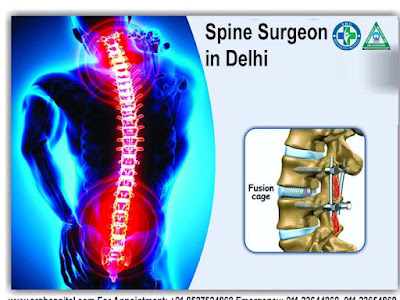
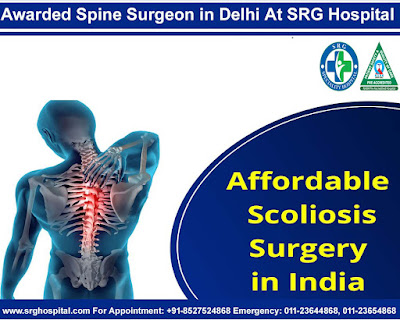
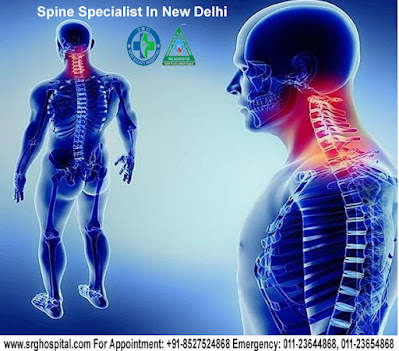
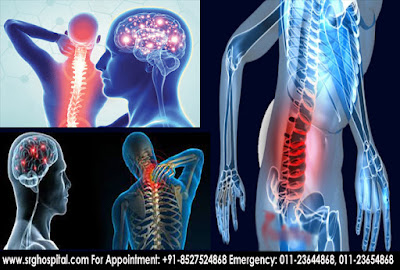
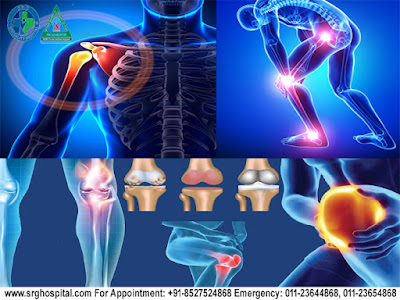


Comments
Post a Comment